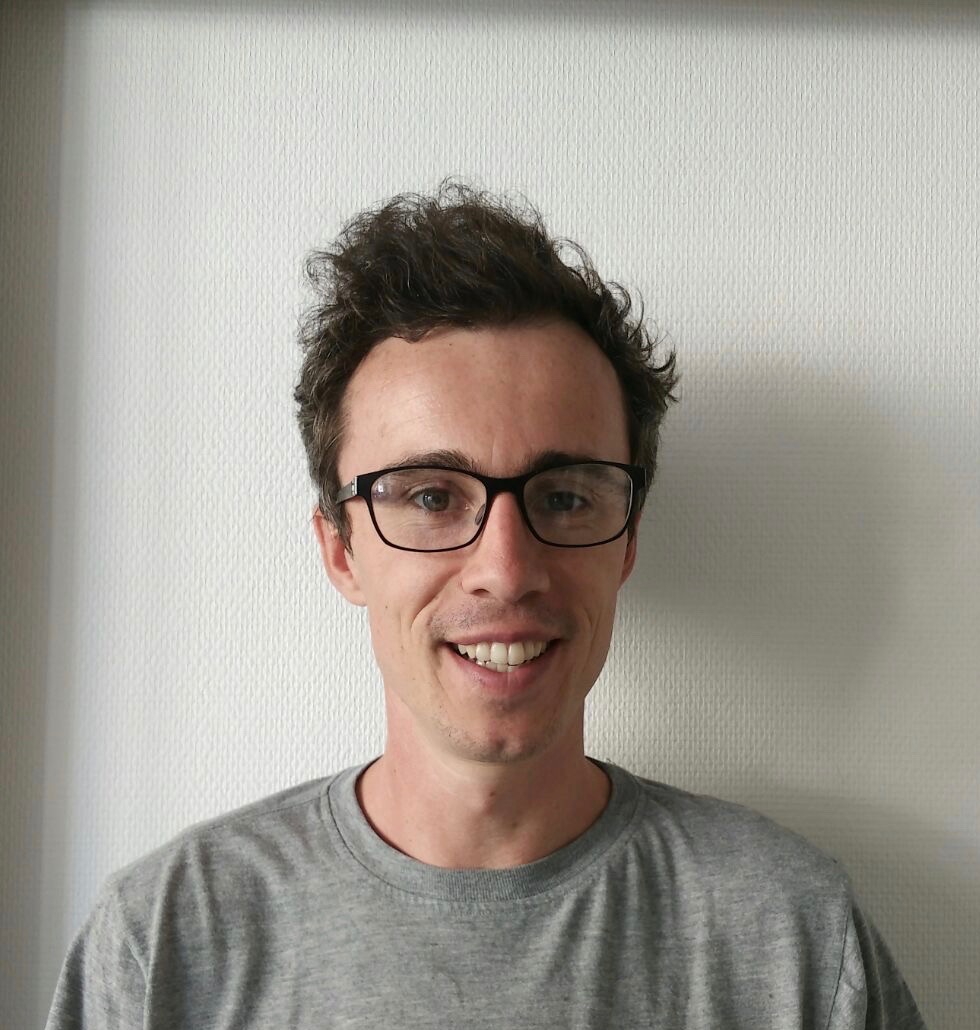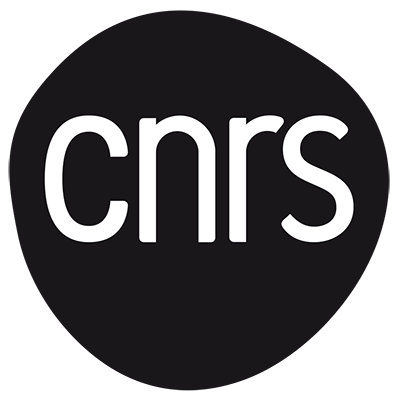Alexandre BAFFET, Institut Curie, Paris
https://umr1087.univ-nantes.fr/medias/photo/image001_1635409181768-jpg
-
On 26 November 2021Amphi Denis Escandefalse false
-
11h30
A map of cell fate decisions in the human developing neocortex.
A map of cell fate decisions in the human developing neocortex.
Alexandre BAFFET, PhD
CRCN INSERM, Chef d’équipe - Institut Curie (UMR144)
Abstract
The human cortex has undergone strong evolutionary expansion, largely due to an abundant progenitor population, the basal radial glial (bRG) cells. These cells are responsible for the massive production of a diversity of cell types, but how this diversity arises remains unclear. Here, we developed a semi-automated live/fixed correlative microscopy method to generate a map of bRG cell division modes in early human fetal tissue and cerebral organoids. Through the analysis of over 1,000 dividing progenitors, we find that, at these early stages, bRG cells strongly proliferate through abundant symmetric divisions. Neurogenic division are diverse, with frequent self-consuming divisions, as well as direct neurogenic divisions. We show that these later divisions are more abundant in the upper part of the subventricular zone. Within asymmetrically dividing cells, we demonstrate that, unlike in mouse apical RG cells, the basal cytoplasmic process is a consequence, not a cause, of bRG cell fate. We show that this is due to a difference in NOTCH signaling, likely caused by the different microenvironment of these two cell types. Together, this cell fate decision map identifies progenitor division modes and highlights the strong similarities between human fetal brain tissue and cerebral organoids.
Biography
Alexandre Baffet is a French cell biologist investigating brain development and the cytoskeleton. He studied at the university of Rennes 1, before joining the University Pierre & Marie Curie in Paris for his PhD, that he completed in the laboratory of Antoine Guichet (Institut Jacques Monod). There, he studied the interplay between cell polarity and the organization of the cytoskeleton in Drosophila. In 2011, he moved to the lab of Richard Vallee (Columbia University, New York), where he identified the mechanism for nuclear migration in rodent neuronal progenitor cells. In 2016, he joined INSERM and the Institut Curie to start his own group. His lab focuses on two main aspects, polarized trafficking and human neurogenesis, using both human cerebral organoids and mouse as models, with a strong emphasis on the development of live imaging methods.
Updated on 25 November 2021.





